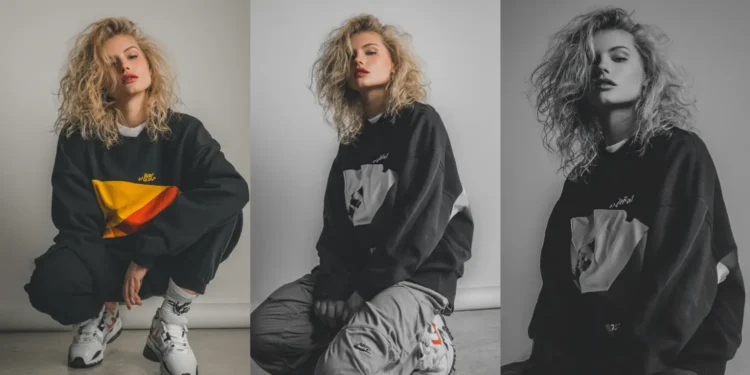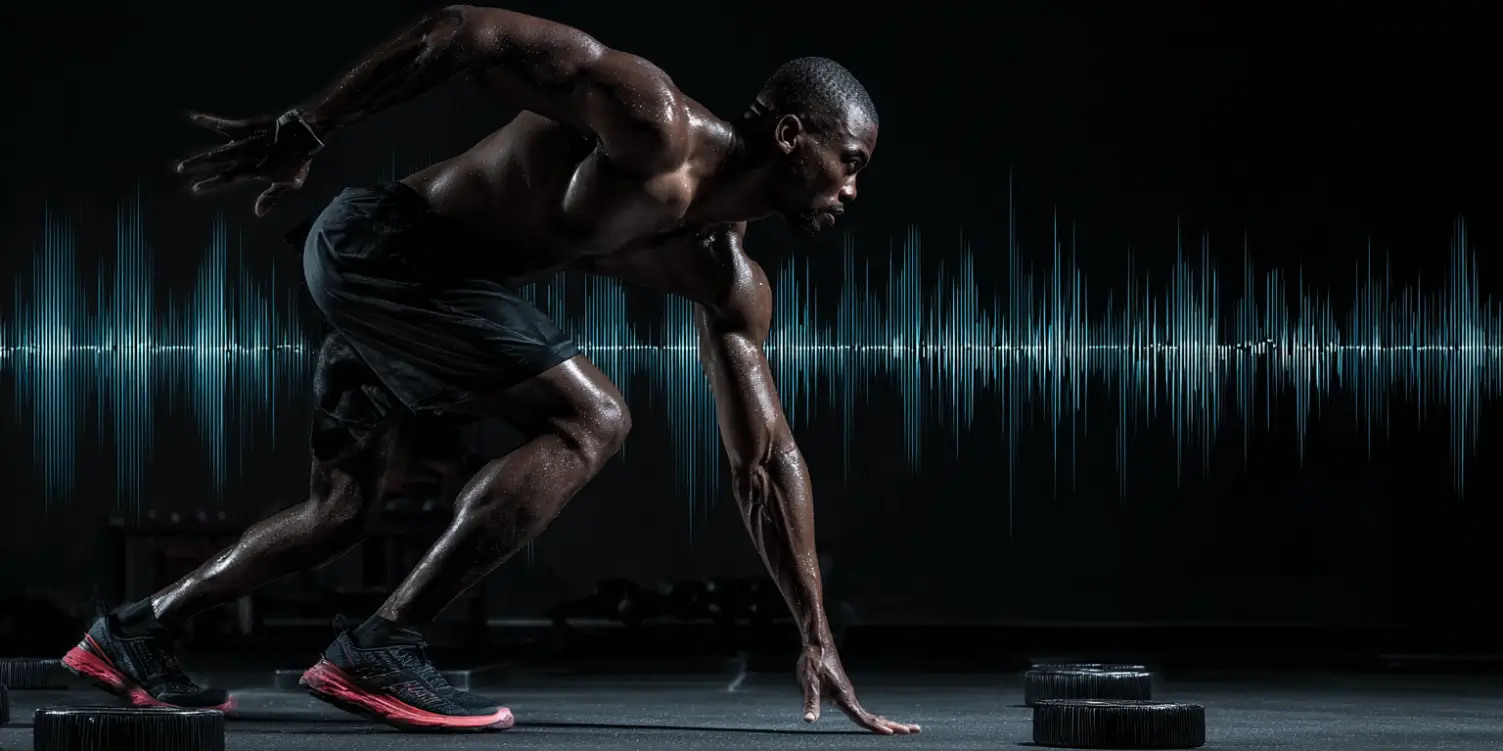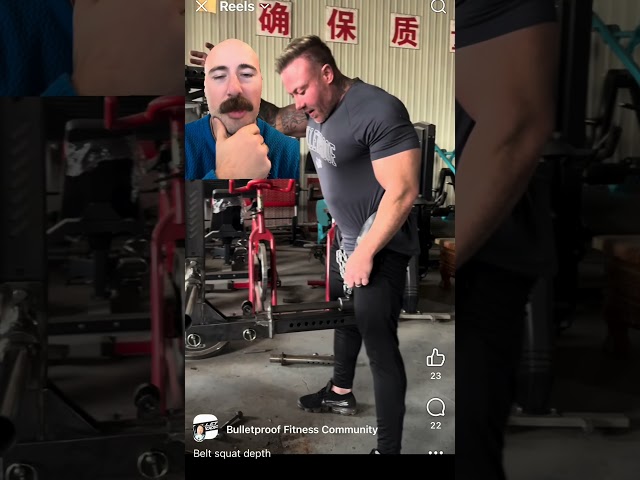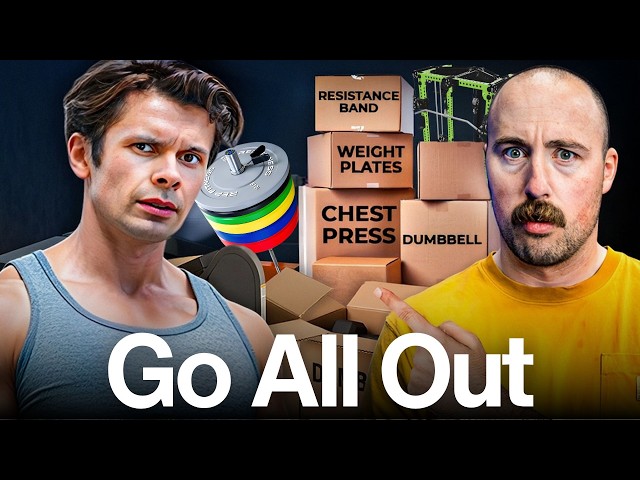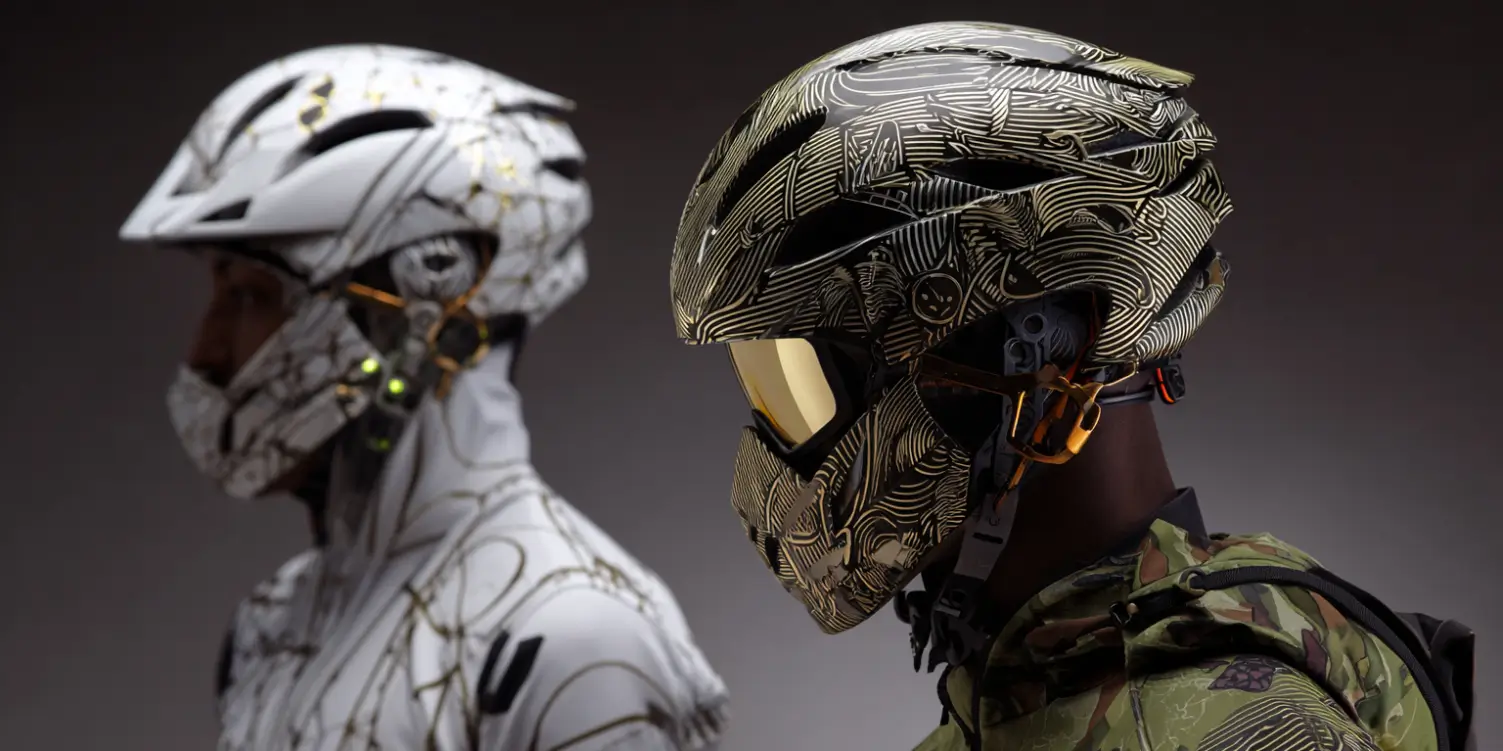The line between athletic wear and everyday attire has significantly blurred over the past decade. What was once reserved for gym-goers and athletes has now found its way into boardrooms, classrooms, and cafes. The rise of sport-casual fashion is a testament to the changing priorities of consumers who are seeking both comfort and style in their daily outfits.
Why Comfort Became Essential
In recent years, there has been a substantial shift in the way people perceive clothing. The global movement towards health consciousness and active lifestyles has played a crucial role in this transformation. People are investing more time in physical activities and need attire that can transition seamlessly from one environment to another. As lifestyles have become more fast-paced, clothing that offers ease and flexibility without compromising on style has taken center stage.
Moreover, the COVID-19 pandemic accelerated this trend, as millions around the world found themselves working from home. Traditional office wear was quickly replaced by more relaxed options, leading to a growing demand for clothing that supports both work and relaxation.
The Role of Technology in Sport-Casual Fashion
The integration of technology into fabrics has given sport-casual clothing an innovative edge. Performance materials now offer moisture-wicking, breathable, and temperature-regulating properties. These advancements ensure maximum comfort while maintaining the aesthetic appeal of the garments. Many brands have adopted technologies such as antimicrobial and anti-odor treatments, making these clothes even more functional for everyday wear.
Brands are continually experimenting with new materials like recycled polyester and eco-friendly fabrics, which not only enhance performance but also appeal to the environmentally conscious consumer.
The Influence of Athleisure and Pop Culture
Pop culture has been a significant driving force behind the sport-casual trend. Celebrities, influencers, and fashion icons are often seen sporting these styles, thereby influencing their followers to adopt similar looks. Music artists, in particular, have embraced brands that cater to the sport-casual aesthetic, further fueling its popularity.
Athleisure—a style characterized by athletic clothing worn in non-athletic settings—has become a fashion staple. This trend emphasizes versatility, allowing people to seamlessly transition from a workout to a social setting without needing to change outfits.
Brands Leading the Sport-Casual Movement
- Nike: Renowned for its cutting-edge design and collaborations with high-profile athletes and designers, Nike remains at the forefront of sport-casual fashion.
- Adidas: Emphasizing sustainability and innovation, Adidas’ collections merge street style with sport functionality.
- Lululemon: Originally a yoga-focused brand, Lululemon has expanded its line to cater to a broader audience, offering versatile and stylish options for both men and women.
- Under Armour: Known for their performance-focused apparel, Under Armour continues to break boundaries in fabric technology, providing both function and fashion.
Looking Ahead: The Future of Sport-Casual Fashion
As the world becomes more integrated with digital technology, the future of sport-casual fashion is promising and expansive. Expect to see more collaborations between tech companies and fashion brands, leading to smarter clothing options equipped with features like biometric tracking and enhanced connectivity.
The demand for inclusive sizing, gender-neutral styles, and sustainable practices will likely shape the industry moving forward. Brands that can adapt to these changing dynamics without losing sight of comfort and style will thrive in the competitive landscape.
Ultimately, the sport-casual trend reflects a broader cultural shift towards valuing comfort and practicality, without sacrificing personal expression. As we continue to embrace this mindset, comfort will undeniably remain king in the fashion world.
